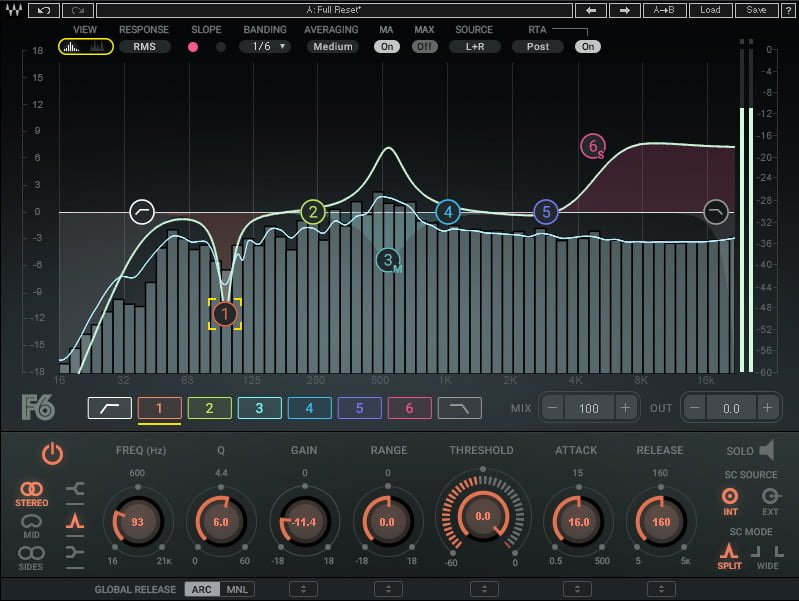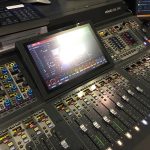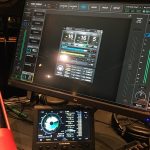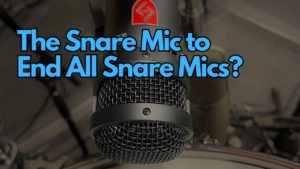
QuickTip: Dynamic EQ After Compression

Here’s a tip: use your dynamic EQ’s last or, at least, after compression.
Here’s why I use this approach.
Let’s say we have a typical worship vocal on a typical worship song where our vocalist sings lower in their register on the verse and higher in their register on the chorus. After some basic EQ’ing, we notice they are still a bit muddy in the verses, but it doesn’t seem to be an issue in the chorus. This is a dynamic tonal challenge, and a dynamic EQ is a great solution for this. So we adjust our dynamic EQ to clean up the mud in the verse. Problem solved, right?
Well….maybe….
A lot of times when we do this early in the vocal chain, the vocal gets fixed in the verse, but thins out a bit in the chorus which affects the power and emotion of the vocal. So what’s going on here?
When vocalists sing lower in their range(where they’re not usually as strong), they often sing quieter. Most dynamic EQ’s such as my favorite, the Waves F6, are threshold based which means they react based on how much signal they are fed in the first place.
If our vocal signal is lower/quieter when we set a threshold, that threshold may not be set correctly when the vocalist gets loud and the signal level goes up. In that scenario, the processor will often overwork our signal. On the other hand, if we treat the overall dynamics of the signal first with compression, we will get a more consistent signal feeding our dynamic EQ and more consistent results from that dynamic EQ over the entire performance.
So, I recommend fixing overall dynamics before addressing tonal dynamics. In other words, put the dynamic EQ late in your signal chains.

 Previous Post
Previous Post Next Post
Next Post



